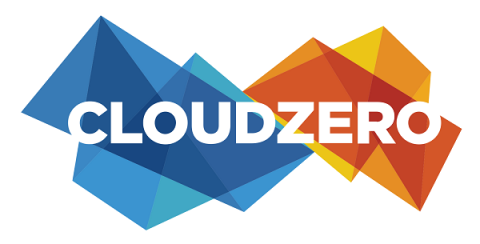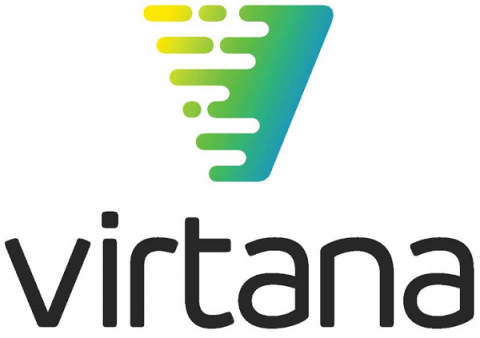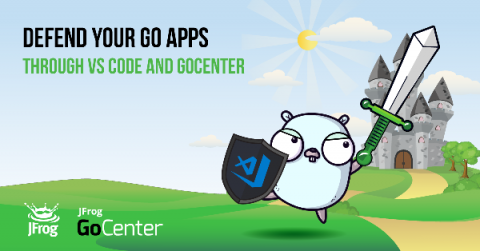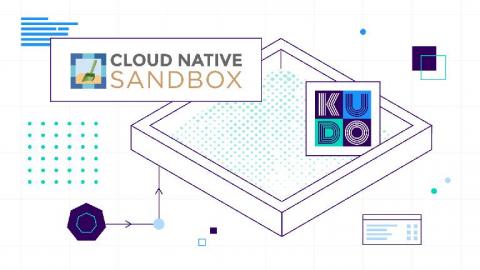Operations | Monitoring | ITSM | DevOps | Cloud
DevOps
The latest News and Information on DevOps, CI/CD, Automation and related technologies.
Byte Down Too: Build Cost Effective Infrastructure Like Netflix
Think of orgs with lots of data and it’s impossible to not think of Netflix. In a new Netflix Technology Blog, titled "Byte Down: Making Netflix’s Data Infrastructure Cost-Effective", their Platform Data Science & Engineering team describe their data infrastructure "which is composed of dozens of data platforms, hundreds of data producers and consumers, and petabytes of data.” At this scale, cost-effectiveness is a critical matter of success and failure.
An effective hybrid cloud migration project can yield 145% ROI in three years, global study reveals
San Jose, CA, July 14, 2020 – Organizations that embrace hybrid cloud migration projects can yield a 145% return on investment within three years, a commissioned study conducted by Forrester Consulting on behalf of Virtana has revealed. The study, which reviewed customer projects completed in the last three years, found that a composite organization achieved benefits of $2 million by adopting planning and optimization platforms, such as as Virtana’s CloudWisdom and VirtualWisdom.
Using Observability as a Proxy for Customer Happiness
Today, users and customers are driven by response rates to their online requests. It’s no longer good enough to just have a request run to completion, it also has to fit within the perceived limits of “fast enough”. Yet, as we continue to build cloud-native applications with microservice architectures, driven by container orchestration like Kubernetes in public clouds, we need to understand the behavior of our system across all aspects, not just one.
Implement Observability as Code with HashiCorp and Splunk
Driven by digital market shifts, organizations are adopting cloud and cloud-native technologies to deliver a better end-user experience, scale efficiently — both up and down —and increase innovation velocity. While distributed cloud architecture brings agility, it also brings operational complexity. Therefore, developing effective observability practices is all the more important for delivering a flawless end-user experience for cloud applications.
Unified JFrog Platform Monitoring With Prometheus and Grafana
Shift Left Security with Golang in VS Code
KUDO accepted as a CNCF Sandbox project
We’re excited to announce that the KUDO ( Kubernetes Universal Declarative Operator) project is now officially accepted as a CNCF Sandbox project. This was the culmination of two years of hard work from the team and is a fantastic step forward for the project.
Event Chaos or Enrichment? BigPanda's CTOs Can Help You Decide
In our recent “IT Ops Demystified – Event Chaos or Enrichment?” webinar our field CTOs discuss how enrichment can help reduce operational costs by an order of magnitude. Here is a quick overview of all the goodness that you’ll be watching.
What is SRE?
Site Reliability Engineering (SRE) is a practice for managing the reliability of systems that began at Google in the early 2000s. Ben Treynor Sloss from Google started the first SRE team and coined the name.










